Children can and should do physical activity regularly because exercise improves their intellectual development, making them smarter and smarter, and their motor development, by strengthening bones and increasing elasticity.
Healthy children do not need to go to the doctor before they start exercising, however if your child, grandchild or nephew has health problems like rhinitis, sinusitis, heart disease or is underweight the pediatrician should be consulted before starting the activity.

5 benefits of physical activity in childhood
Thus, the main benefits of physical activity include:
1. Stronger bones
The best exercises to practice in childhood are those that produce some impact like running or football because thus there is a better bone development in a short time, which reduces the risk of osteoporosis in adult life, which can be reflected even years later, in the menopause.
2. Higher children
Physical activity favors child growth because when the muscles are contracted the bones respond by getting bigger and stronger, so active children tend to develop better and are taller compared to those who do not exercise at all. only in front of your computer, phone or tablet.
3. Decreased risk of sedentary lifestyle in adult life
A child who learns to practice exercises at an early age, whether taking swimming, ballet or soccer lessons, is less likely to become a sedentary adult, thereby improving his or her quality of life by reducing the risk of heart problems and events such as infarction or stroke.
4. Improves self-esteem
Children who exercise more have more self-esteem, are happier and more confident, and also enjoy sharing their achievements and feelings, being healthier adults than those who are sedentary. The ease with which they show what they feel during class also helps parents and teachers understand their frustrations, making it easier to deal with them daily.
5. Maintaining proper weight
Practicing exercises since childhood helps in maintaining the ideal weight, being useful for those who are within the weight and especially for those who need to lose a little weight because the caloric expenditure of the exercise contributes to the burning of the fat that may already be accumulated also in their small blood vessels.
Find out if your child is within the weight most appropriate for her age by putting her data in the following calculator:

8 Best Exercises for Practicing in Childhood
All physical activity is welcome, so parents and the child can choose together which activity they will participate in, taking into account the physical type and characteristics of the child because not all of them are fit for everything. Some good options are:
- Swimming: Improves respiration and cardiovascular conditioning, but since it has no impact on bones, swimming does not increase bone density
- Ballet: Ideal for improving posture and increase flexibility of muscles and joints, favoring a slender and elongated body
- Race: Strengthens bones more than swimming
- Artistic Gymnastics: It has a lot of impact, strengthening the bones
- Judo and Karate: Teaches you to respect rules and control movements well, as it has good impact is great for strengthening bones and stimulating growth
- Jiu-jitsu : Due to the physical touch, the proximity to others and the need to look into the partner's eyes during training the child becomes more self-confident and less shy
- Basketball: The quique of the ball helps to strengthen the bones of the arms
- Football: As it includes lots of running, it is a great exercises to strengthen the bones of the legs
Children can do weight training as long as they do not go to the gym more than 3 times a week and do not take more than 0.5 kg doing many repetitions of the same exercise. Thus, parents who enjoy and practice bodybuilding need not be afraid to enroll their children in academies, provided that the exercises are guided by competent professionals and are aware of the mistakes that can be made during the exercises.
| Age | Ideal physical activity |
| 0 to 1 years | Play outdoors, run, jump, jump, play jump rope to help in the child's motor development |
| 2 to 3 years | Up to 1 ½ hours of physical activity per day, such as: swimming lessons, ballet, martial arts, ball games |
| 4 to 5 years | You can do up to 2 hours of physical activity per day, with 1 hour of planned exercises in classes and 1 hour of outdoor play |
| 6 to 10 years | They can start competing as junior athletes. They should do at least 1 hour of physical activity per day but should not be left standing for more than 2 hours. One can do 3 x 20 minute periods of each activity such as games, cycling, rope jumping, swimming. |
| 11 to 15 years | You can do more than 1 hour a day, and you can compete as athletes. Bodybuilding can already be recommended, but without excessive weight. |
Common Risks
The most common risks during childhood exercise involve:
- Dehydration : Due to the difficulty of regulating your body temperature, it is more likely to become dehydrated if you do not drink fluids during the activity. Therefore, it is important that every 30 minutes of activity is offered to the child some water or natural fruit juice, even if it is not thirsty.
- Bone Fragility in Athletes : Girls who do activity more than 5 times a week over the years, contrary to popular belief, may have more bone fragility due to reduced estrogen in the bloodstream.
When the child follows the recommendations of ingesting fluids during the workouts, protect themselves from the sun, and avoid the hottest hours of the day the risk of dehydration drastically decreases.
Turning physical activity classes into moments of pleasure rather than hours of training for athletes has more benefits during childhood because in addition to not requiring much of your psychological, there is less risk of brittle and brittle bones due to over-physical activity.
Ideal week frequency
Children are less able to produce lactate, so they do not get pain, tired muscles hours after exercise, or the next day, and they also do not feel cramps like adults. Thus, they are more likely to play sports on a daily basis, making it easier for them to become athletes.
However, it is not advisable for children to have training more than 5 times a week, ideally to train only 2 or 3 times a week, and only children over 12 years should be encouraged to participate in competitions, such as young athletes
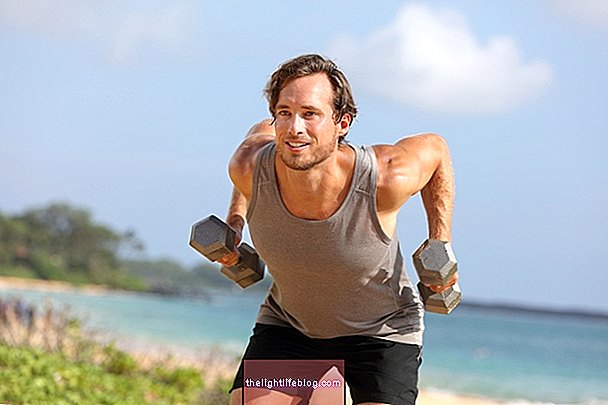



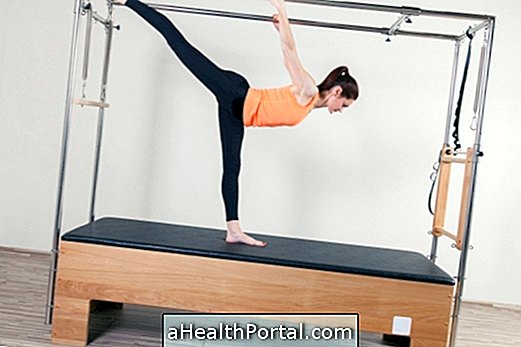
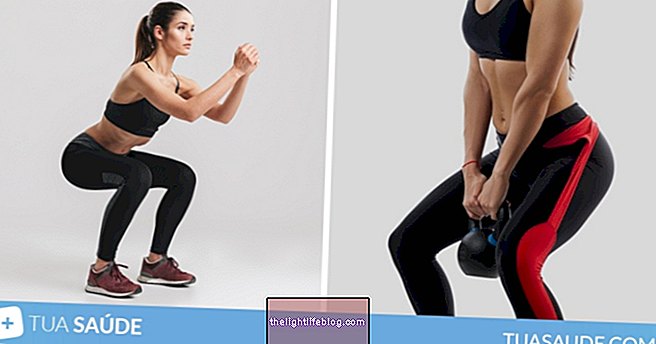

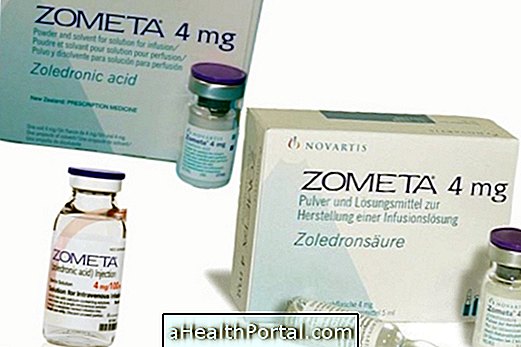


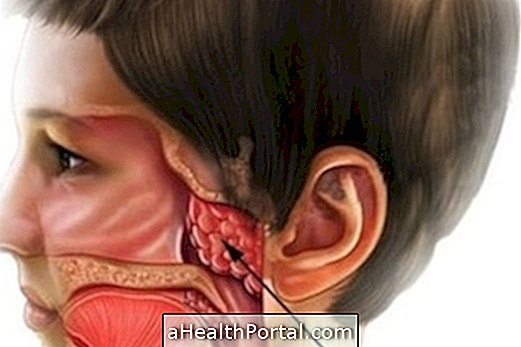
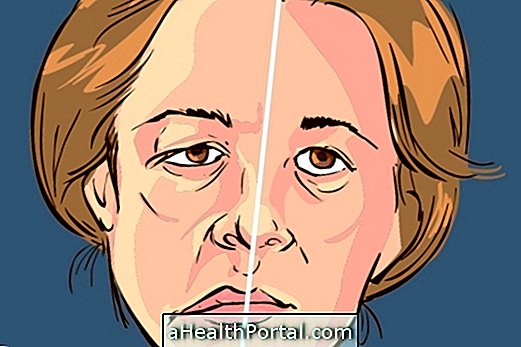


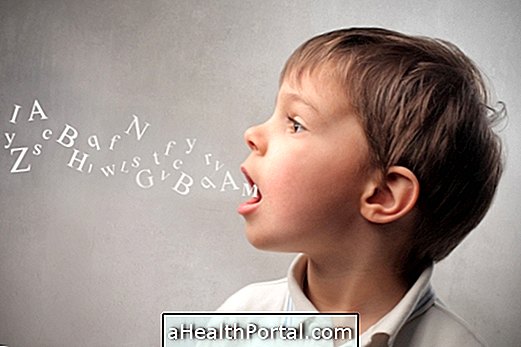






.jpg)



